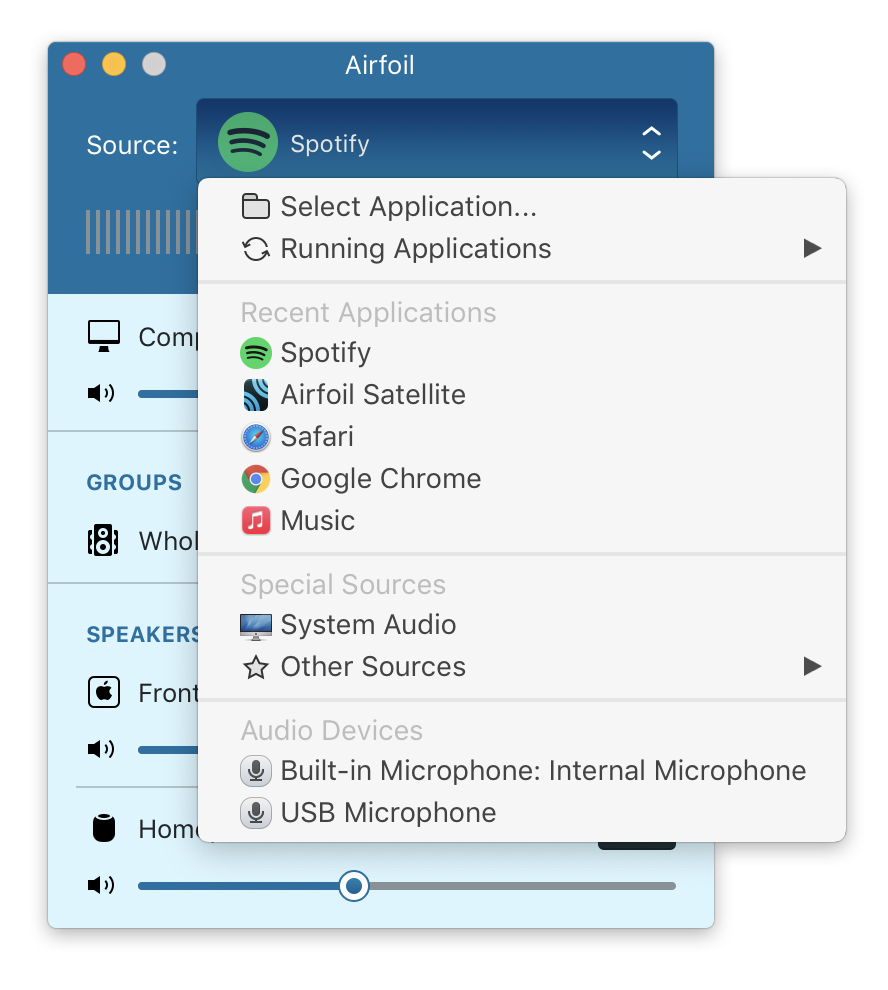How To Program Mac Remote For Spotify
In 2017 Spotify finally deprecated their public vanilla C SDK library, libspotify, and officially replaced it with dedicated SDKs for iOS and Android and this new-fangled web thing we’ve all heard so much about. This is probably great for their maintainability but makes writing a native application for a Linux or a hardware device significantly harder, at least without an application process and NDA.

Lovense Remote is now available on iOS, Android, PC/Mac. You and your partner can use any of those devices to connect your toys. I’m being asked for my pairing code to connect via Bluetooth.

Instead of using that boring slab of glass and metal in their pocket [Dani] wanted to build a handy “now playing” display and remote control interface but was constrained by the aforementioned SDK limitations. So they came up with a series of clever optimizations resulting in the clearly-named.
The Spotify Remote Control has a color LCD with a touchscreen. Once attached to a Spotify account it will show the album art of the currently playing track (with a loading indicator!) and let you play/pause/skip tracks from its touch screen, all with impressively low latency.
To get here [Dani] faced two major challenges: authorizing the ESP to interact with a user’s Spotify account, and low latency LCD drawing. 2 Bit Cover Art If you’re not on iOS or Android, the Spotify web API is the remaining non-NDA’d interface available.
Computer programs for landscaping. We have listed below a few of the more popular landscape design software applications that you can download and play around with your own ideas. They are listed for your use and entertainment in landscape design. 3D Landscape for Everyone 2.0 - Free 15 day trial Smart Draw Landscape Design Software Better Homes and Gardens Plan a Garden Note: While these applications are from reliable web sites, Greenwood Nursery takes no responsibility nor offers any technical support for their use.
Mac Remote Desktop
But it’s really designed to be used on relatively rich platforms such as fully featured web browsers, not an embedded device. To that end, gone are the days of asking a user to enter their username and password in a static login box, the newer (better) way is to negotiate for a per-user token (which is individually authorized per application), then to use that to authenticate your interaction. With this regime 3rd party applications (in this case an ESP8266) never see a user’s password. One codified and very common version of this process is called and the token dance is called a “workflow”. [Dani] has a pretty good writeup of the process in their post if you want more detail about the theory.